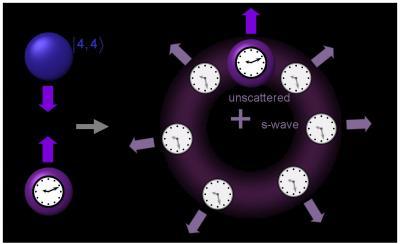An international research team has found evidence of the Earth's earliest forest trees, dating back 385 million years.
Upright stumps of fossilised trees were uncovered after a flash flood in Gilboa, upstate New York, more than a century ago. However, until now, no-one has known what the entire trees looked like.
Two years ago, two fossils were found near Gilboa of trees which had fallen sideways, with their trunk, branches, twigs and crown still intact.
 Schematic of the Experiment.
Schematic of the Experiment. Northern Darfur Mega-Lake. Credit: Boston University Center for Remote Sensing
Northern Darfur Mega-Lake. Credit: Boston University Center for Remote Sensing